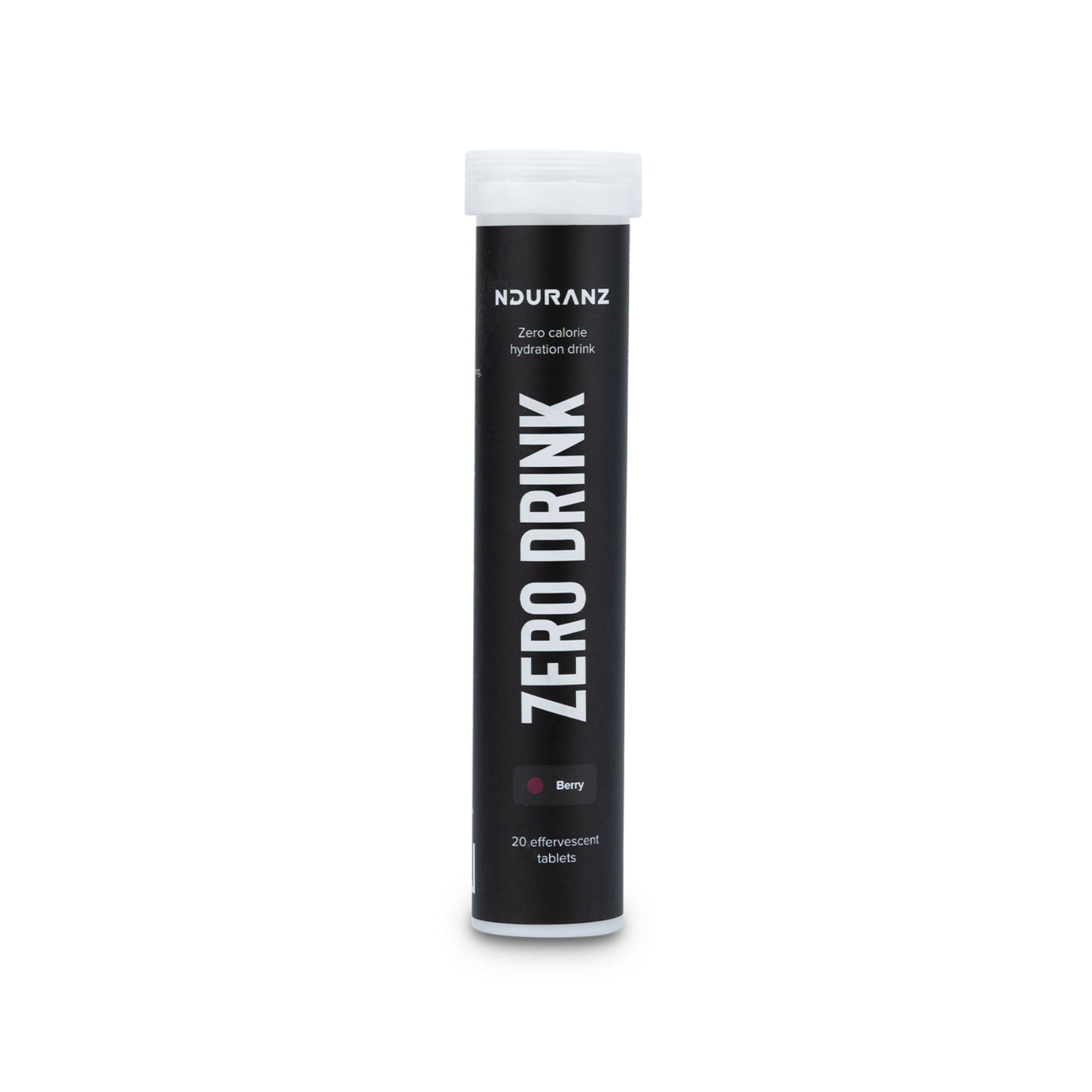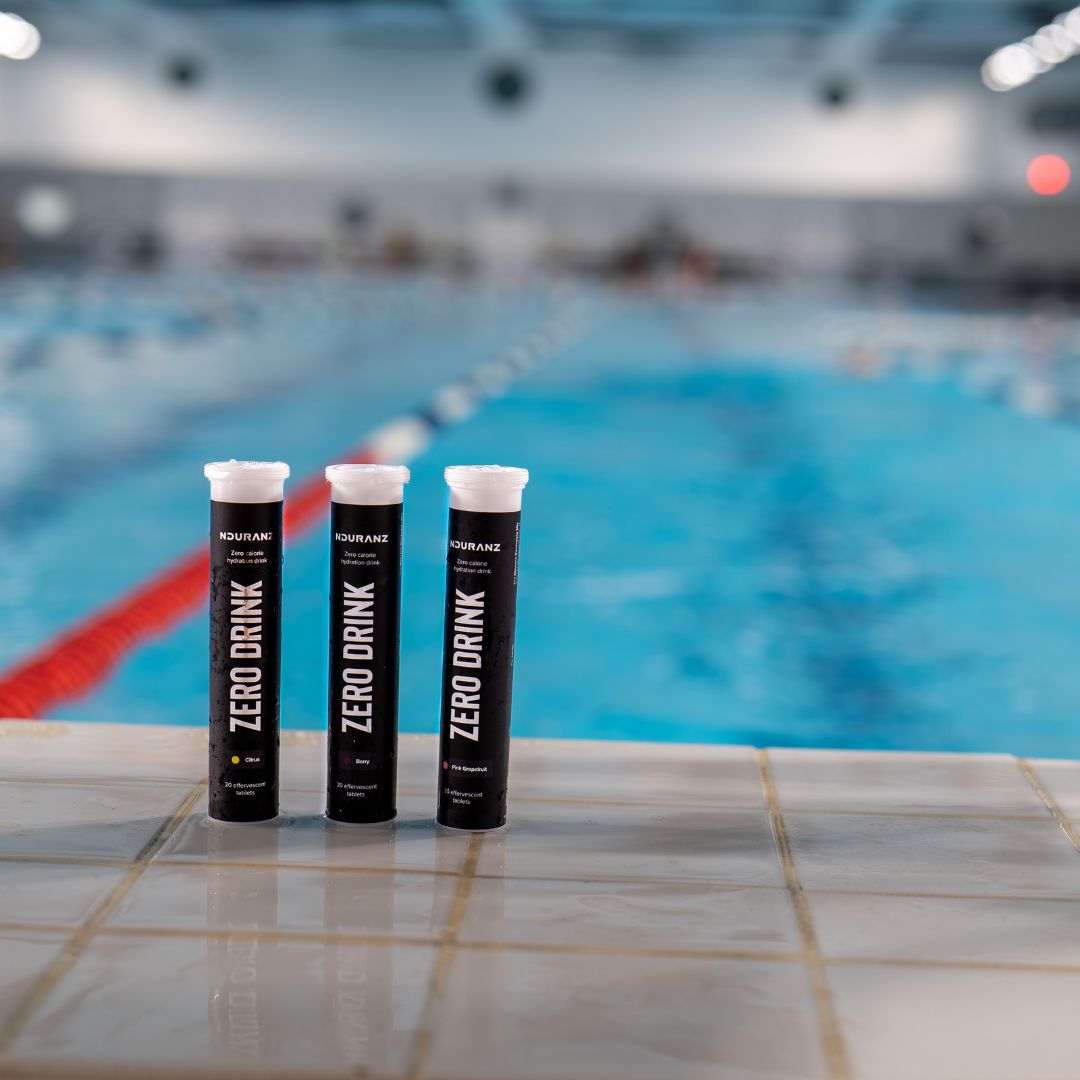Summer is finally here. At least here in mainland Europe. And this means high daily temperatures and white stains of salt on our sports gear after training.
This is also an indication of high sweat rates that in elite athletes can reach up to 3 litres per hour, which is, needless to say, a lot!
We sit down with our Head of Research and Development, Dr. Tim Podlogar, for a brief talk about hydration during exercise in hot weather conditions (for tips on how to stay hydrated, also check our hydration guide).

Tim, we see you just got off your bike. First of all, why do we even sweat?
During exercise we utilize energy from fats and carbohydrates to get the energy for mechanical work. However, this process is pretty inefficient meaning that it represents only around 18-23% of actual energy expenditure. The rest is heat production. So, when doing hard intervals, we can actually be creating more than 1000 W of heat!
Our body aims to maintain the body temperature at around 37 degrees Celsius, so all this heat needs to go somewhere. In the summer, when the environment is hot as well, the only really efficient way to cool the body down is by producing sweat. Sweat drops appear on the skin's surface and evaporate. By changing the state of matter (i.e., liquid into gas), energy is consumed and we cool down. Very simple.
Very simple indeed. Does dehydration impair our performance?
The simple answer is YES.
Numerous studies have shown that in case of insufficient replacement of water lost during exercise, exercise performance is impaired. This is due to the fact that blood flow is either reduced in the muscles (i.e., less oxygen delivered) or sweating is impaired (i.e., elevated body core temperature).
So, it is clear that we want to replace fluids lost during exercise.
Supposedly, there are some disputes among sports scientists on how much fluid we can lose before seeing a performance decline. What do you think?
My understanding of the current scientific evidence is such that when high-intensity intervals are on the menu, we want to minimize the losses to less than 2% of body mass, as in this kind of workout maintenance of blood flow to the muscles is crucial.
On the other hand, when doing long training sessions at a moderate pace, body mass loss of up to 4% is still acceptable.
So, how much should we drink?
There is no simple recommendation, as we sweat at different rates.
However, a rule of thumb would be to try and drink according to thirst and/or drink at least one 500 ml bottle per hour.
To optimize fluid intake, it is recommended that you determine your sweat rates. Weigh yourself before and after a training session. The sum of your body mass lost and fluid drank during exercise divided by the duration of the session in hours is your approximate sweat rate.
Now, aim to achieve less than 4% of body mass lost at the end of a long training session and 2% at the end of a short training session.


When you are using Nrgy Unit Gels, it is recommended that one of your bottles is filled with water to achieve optimal hydration. When you are combining Nrgy Unit Drink and Nrgy Unit Gels, it is recommended that one Nrgy Unit Drink is mixed with 750 ml of water.
